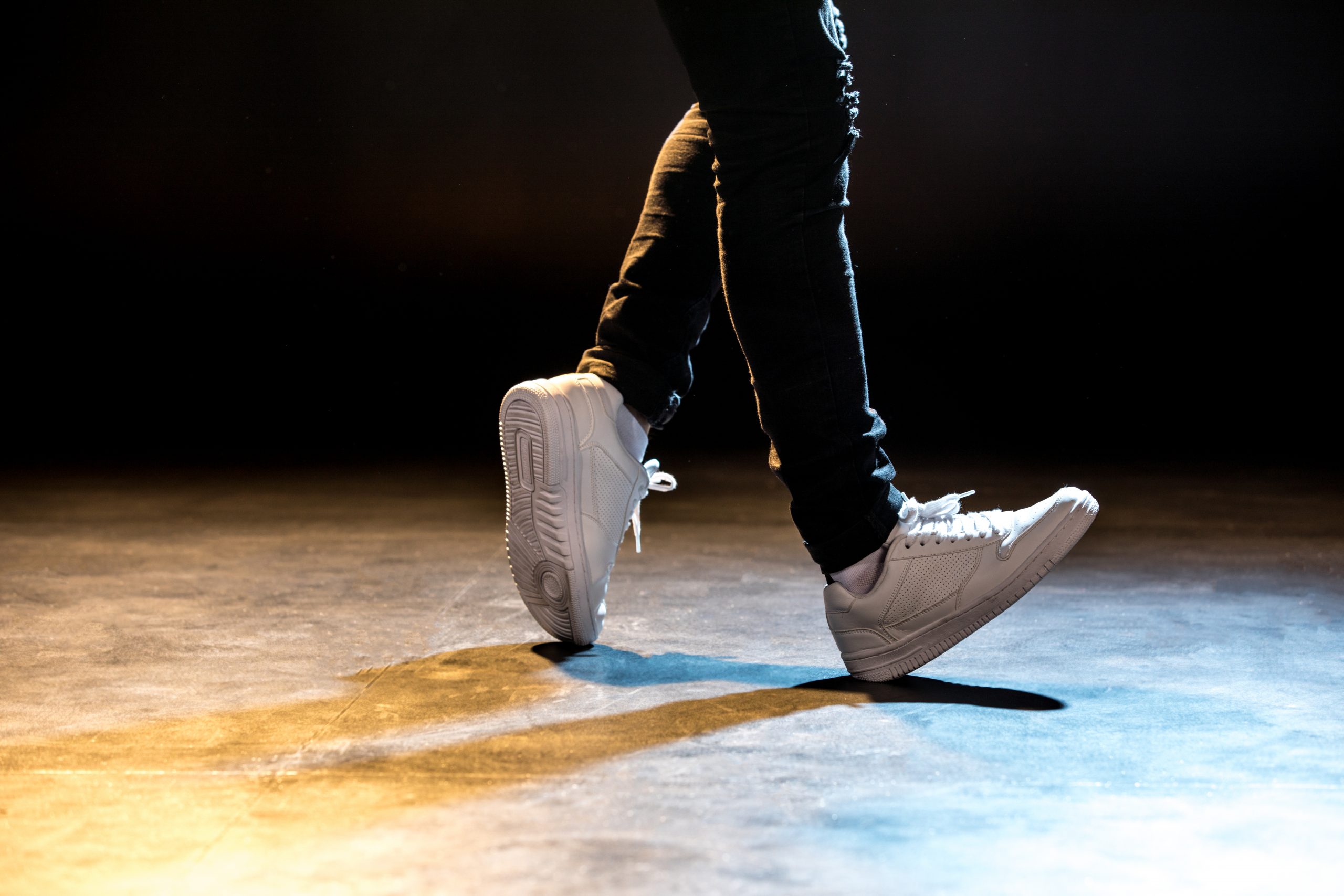“The ‘choreographic work’ standard is the ultimate dividing line between a copyrightable piece of art and a simple set of movements that cannot be copyrighted. But exactly where this line is drawn is the basis for many copyright-related lawsuits.”
 Recent news reports about choreographer JaQuel Knight’s efforts to copyright some of his iconic dance routines, such as Beyoncé’s “Single Ladies,” are a reminder that such works face steep hurdles when it comes to qualifying for protection. From ballet to breakdance and Swan Lake to Saturday Night Fever, dance is part of every culture—and a surprisingly frequent source of intellectual property conflict. While works of dance clearly are eligible for copyright protection under Section 102(a)(4) of the Copyright Act, determining which dances meet the standard—and which have two left feet—has been tricky and has resulted in a number of high-profile disputes in recent years.
Recent news reports about choreographer JaQuel Knight’s efforts to copyright some of his iconic dance routines, such as Beyoncé’s “Single Ladies,” are a reminder that such works face steep hurdles when it comes to qualifying for protection. From ballet to breakdance and Swan Lake to Saturday Night Fever, dance is part of every culture—and a surprisingly frequent source of intellectual property conflict. While works of dance clearly are eligible for copyright protection under Section 102(a)(4) of the Copyright Act, determining which dances meet the standard—and which have two left feet—has been tricky and has resulted in a number of high-profile disputes in recent years.
However, a recent U.S. Supreme Court ruling in an unrelated copyright dispute may provide important guidance in subsequent dance-related copyright litigation.
Martha Graham to Fourth Estate
One of the most significant dance-related copyright disputes involved the Martha Graham Dance Company and the heir to the legendary choreographer’s estate. The lengthy dispute, which also involved trademark issues, led to the company temporarily suspending its performances. In 2002, a federal court ruled in favor of the dance company, deciding that the company owned the rights to most of Graham’s extensive choreography catalog, with 10 other dances being in the public domain.
The dances involved in the Graham dispute, including Appalachian Spring, clearly met the Copyright Act’s standard for copyright protection. While the two parties battled intensely over the rights to the dances, no one disputed that the works were eligible for copyright protection.
But that is not always the case in dance-related copyright litigation. For example, federal courts recently have dealt with a series of dance-related copyright flare-ups involving the massively popular videogame Fortnite. In the competitive online game, gamers are able to taunt their fallen foes with victory dances (as the parent of any tween can attest).
In 2019, rapper 2 Milly sued Epic Games, the makers of Fortnite, claiming the company used his “Milly Rock” dance, popularized in social media videos, without his permission. 2 Milly dropped the lawsuit a few months later, after the Supreme Court ruled in Fourth Estate Public Benefit Corp. v. Wall-Street.com that copyright claimants cannot sue for infringement until after the U.S. Copyright Office issues a copyright registration.
Several similar Fortnite-related lawsuits—including one brought by “Backpack Kid” Russell Horning, who claims to have invented the ubiquitous “Floss” dance—also have been withdrawn on similar grounds. It is possible, and perhaps likely, that these plaintiffs will refile their lawsuits after they complete the copyright registration process.
Soar to the Standard or Fall Flat
The “choreographic work” standard is the ultimate dividing line between a copyrightable piece of art and a simple set of movements that cannot be copyrighted. But exactly where this line is drawn is the basis for many copyright-related lawsuits. However, the Copyright Office offers the following guidance:
“Individual movements or dance steps by themselves are not copyrightable, such as the basic waltz step, the hustle step, the grapevine, or the second position in classical ballet. The U.S. Copyright Office cannot register short dance routines consisting of only a few movements or steps with minor linear or spatial variations, even if a routine is novel or distinctive.
Examples of commonplace movements or gestures that do not qualify for registration as choreographic works or pantomimes include:
- A set of movements whereby a group of people spell out letters with their arms;
- Yoga positions; and
- A celebratory end zone dance move or athletic victory gesture.”
For example, actor Alfonso Ribeiro’s attempt to copyright “The Carlton,” an often-imitated dance Ribeiro performed on TV’s “The Fresh Prince of Bel-Air,” fell flat under these standards. The U.S. Copyright Office denied his application to copyright “The Carlton”, saying it failed to meet the standard of a choreographic work because it was an individual, simple movement. Ribeiro also attempted to sue Epic Games for mimicking “The Carlton” in Fortnite. As with the aforementioned lawsuits, his challenge is currently on hold.
The Copyright Office also says a choreographed work often includes one or more of the following elements.
- Rhythmic movements of one or more dancers’ bodies in a defined sequence and a defined spatial environment, such as a stage;
- A series of dance movements or patterns organized into an integrated, coherent, and expressive compositional whole;
- A story, theme, or abstract composition conveyed through movement;
- A presentation before an audience;
- A performance by skilled individuals; and
- Musical or textual accompaniment.
However, while these are common elements of a choreographic work, they aren’t a standard. A choreographic work isn’t defined by the presence or absence of these elements, according to the Copyright Office.
Happy Dance
This is where the Supreme Court’s decision in Fourth Estate may prove instructive. In dancing, it is essential to put the steps together in the correct order. Likewise, the Supreme Court says that in order to claim infringement, a claimant must have received a copyright registration first.
This won’t—and shouldn’t—eliminate all dance-related copyright infringement claims. But it at least should limit the claims to those serious enough to have completed the copyright registration process. Such clarity is reason enough to do a happy dance!
Image Source: Deposit Photos
Image ID:133999280
Copyright:ArturVerkhovetskiy

![[IPWatchdog Logo]](https://ipwatchdog.com/wp-content/themes/IPWatchdog%20-%202023/assets/images/temp/logo-small@2x.png)

![[[Advertisement]]](https://ipwatchdog.com/wp-content/uploads/2023/01/2021-Patent-Practice-on-Demand-1.png)
![[Advertisement]](https://ipwatchdog.com/wp-content/uploads/2024/04/UnitedLex-May-2-2024-sidebar-700x500-1.jpg)
![[Advertisement]](https://ipwatchdog.com/wp-content/uploads/2024/04/Artificial-Intelligence-2024-REPLAY-sidebar-700x500-corrected.jpg)
![[Advertisement]](https://ipwatchdog.com/wp-content/uploads/2024/04/Patent-Litigation-Masters-2024-sidebar-700x500-1.jpg)

![[Advertisement]](https://ipwatchdog.com/wp-content/uploads/2021/12/WEBINAR-336-x-280-px.png)
![[Advertisement]](https://ipwatchdog.com/wp-content/uploads/2021/12/2021-Patent-Practice-on-Demand-recorded-Feb-2021-336-x-280.jpg)
![[Advertisement]](https://ipwatchdog.com/wp-content/uploads/2021/12/Ad-4-The-Invent-Patent-System™.png)






Join the Discussion
No comments yet.